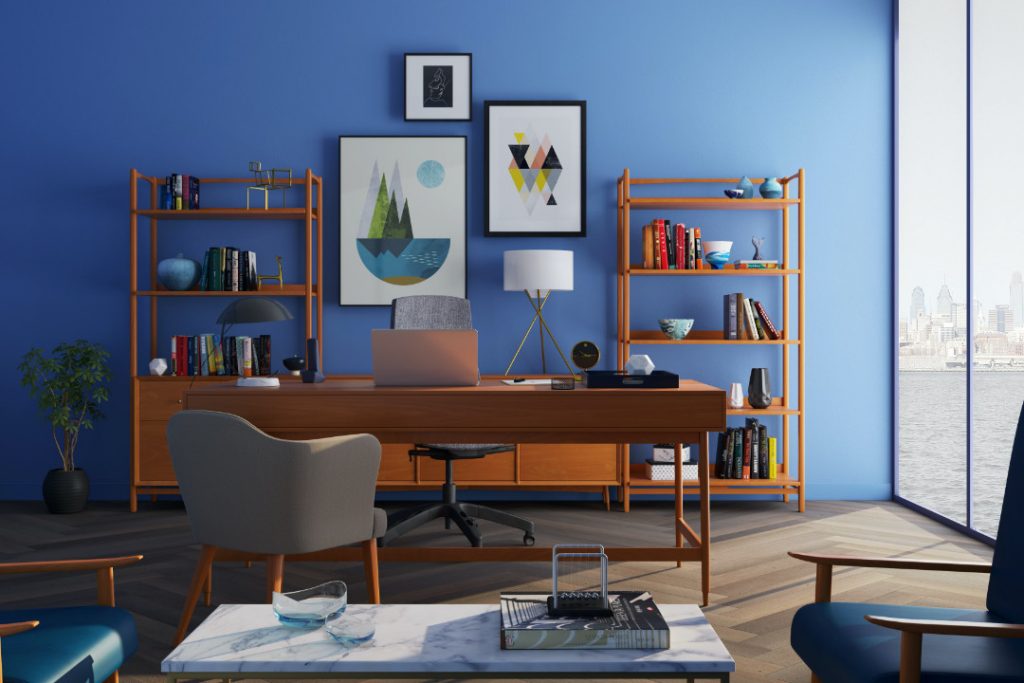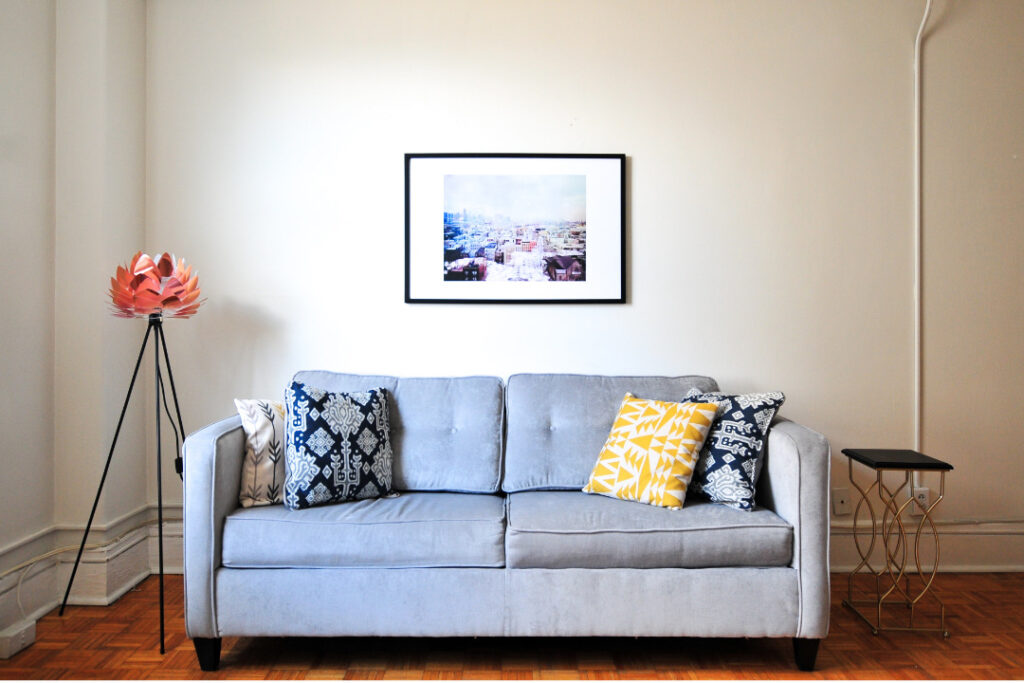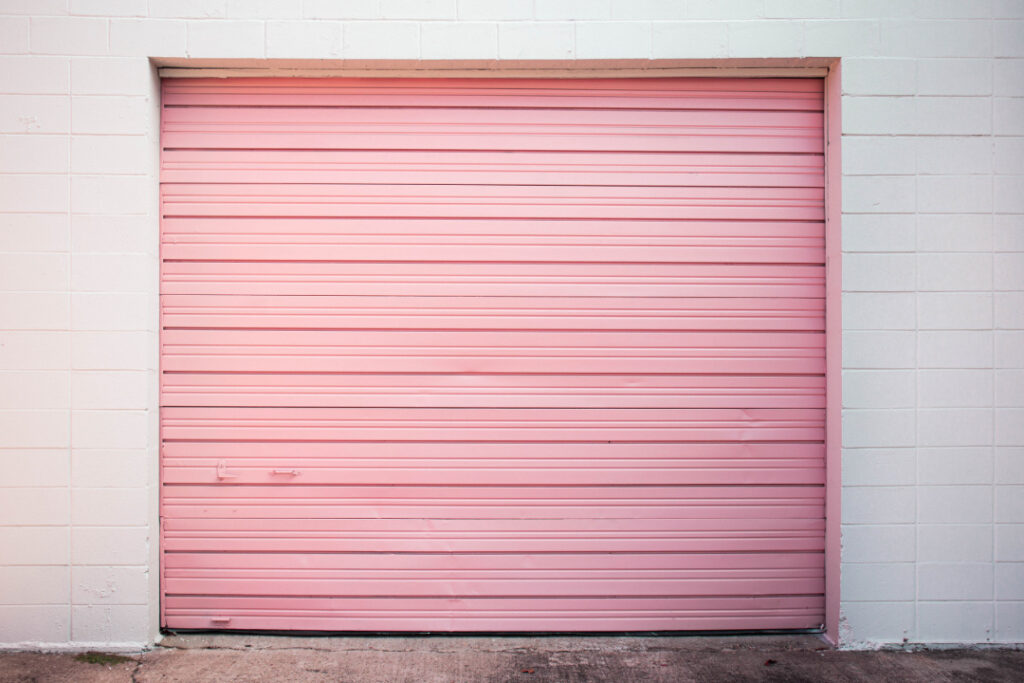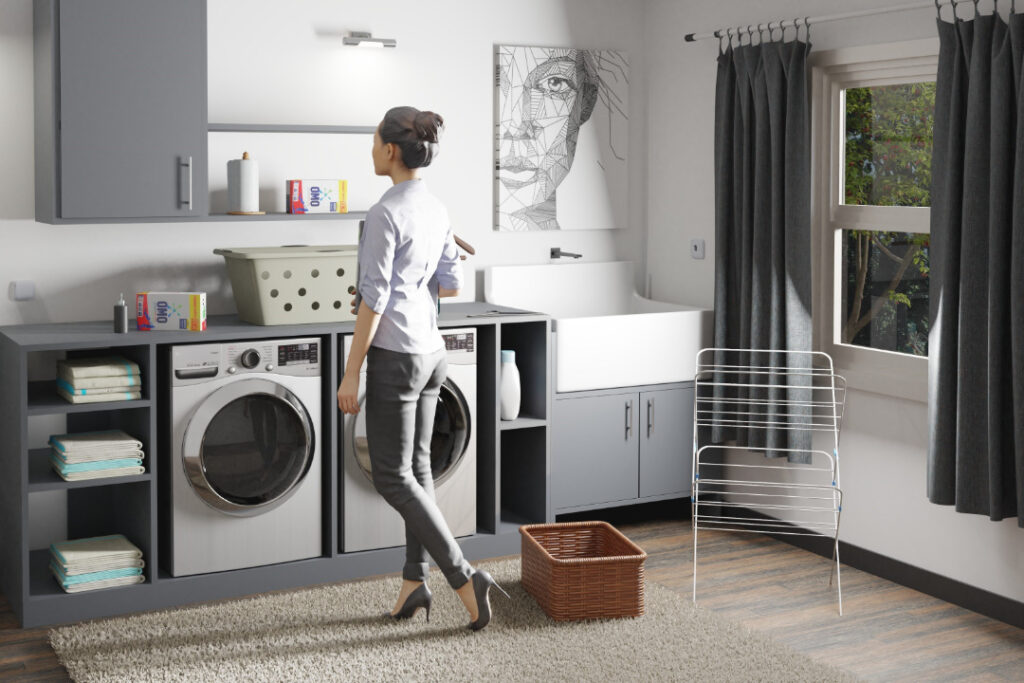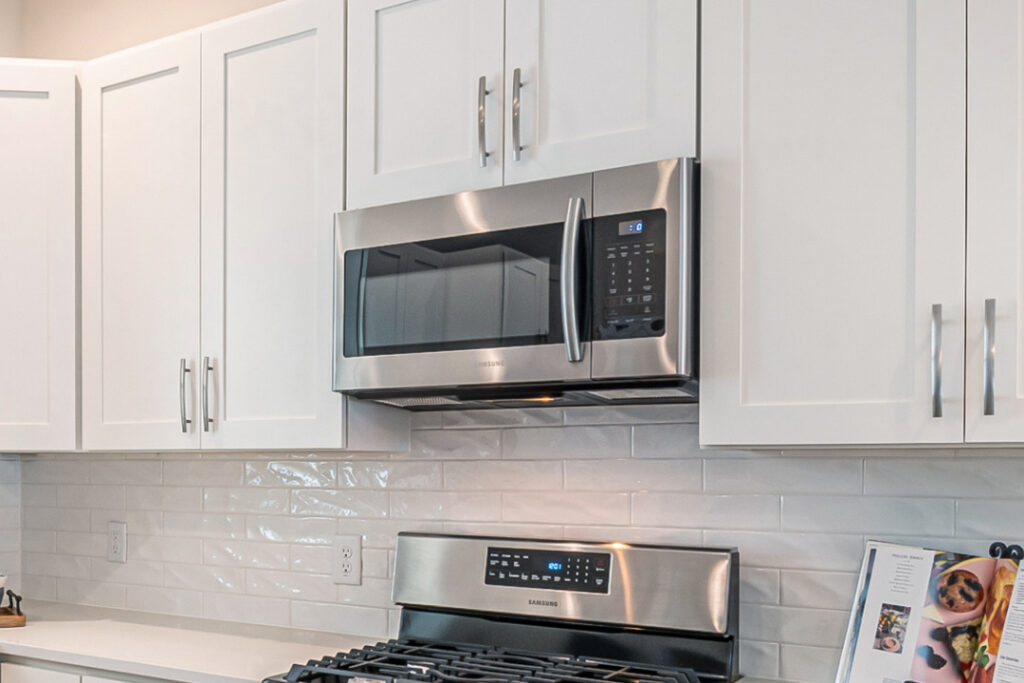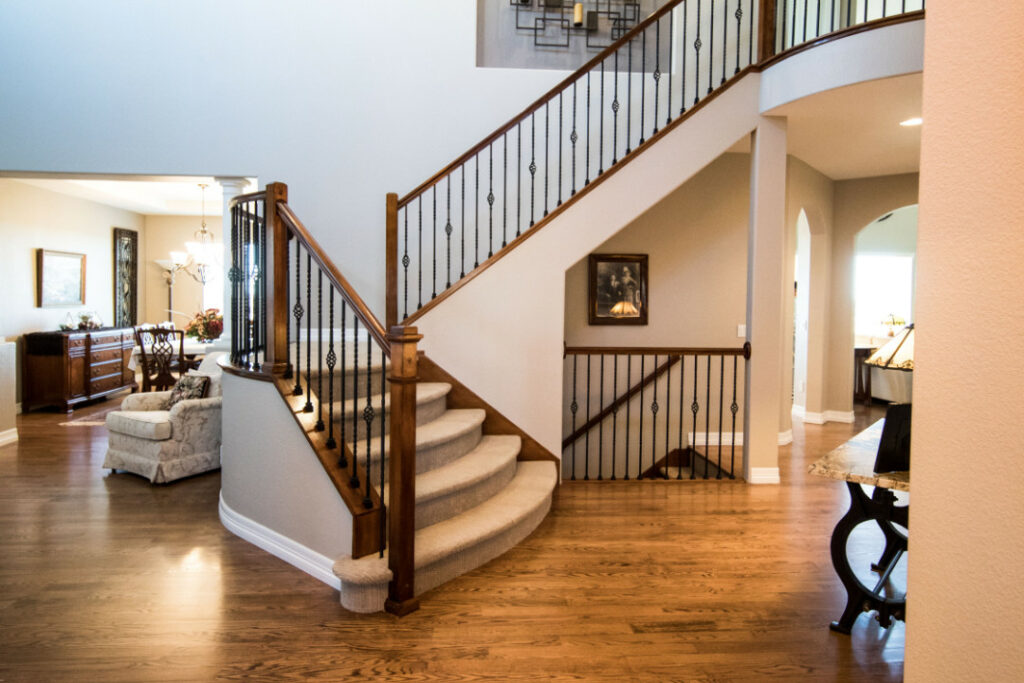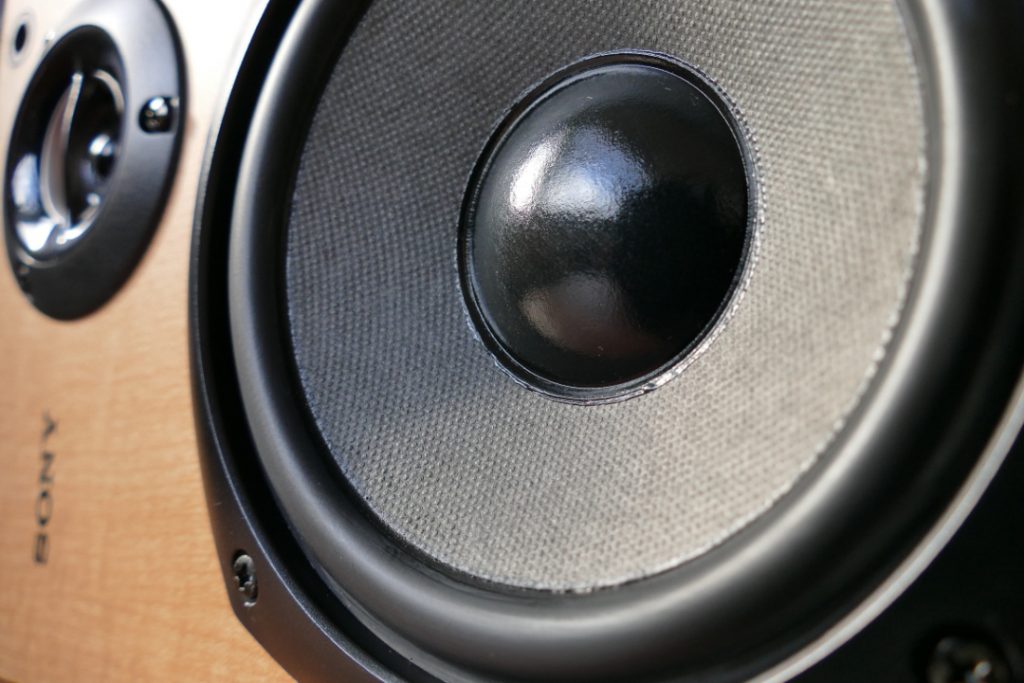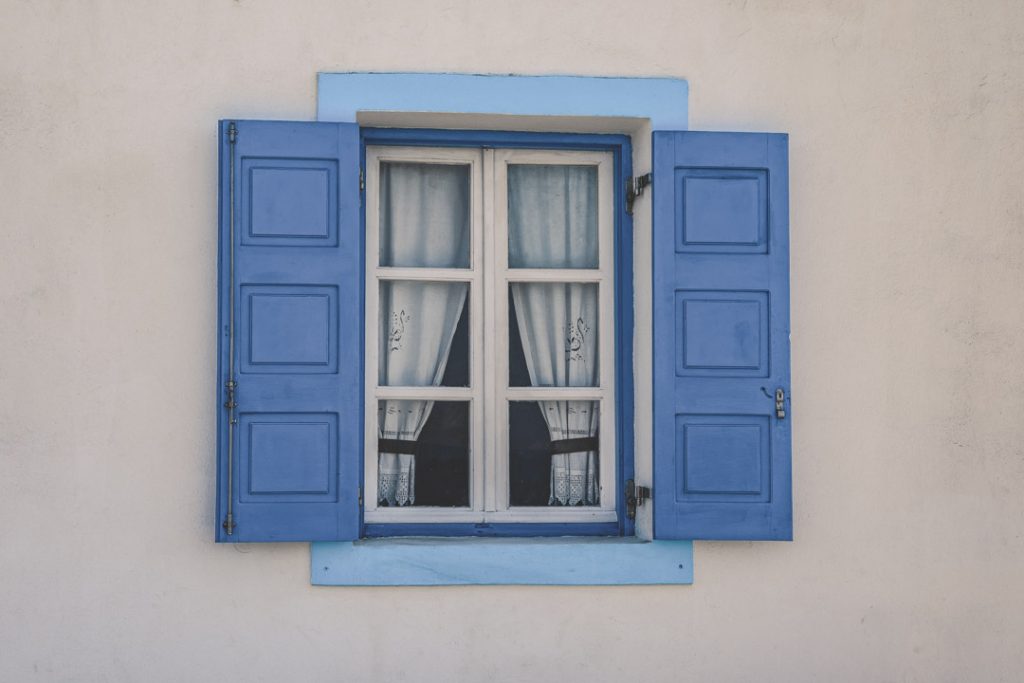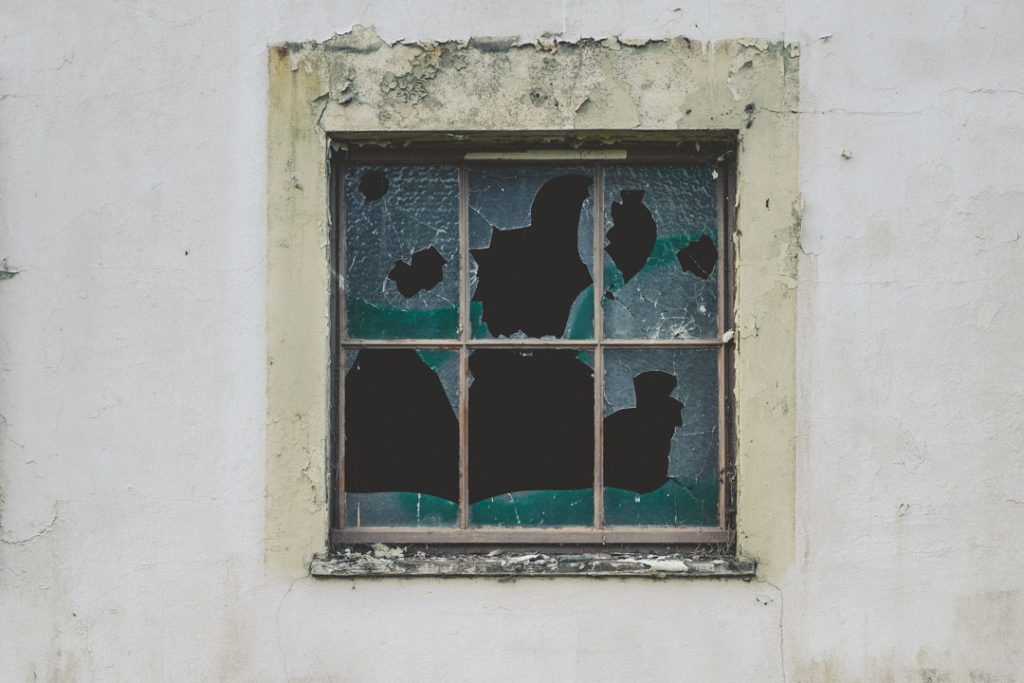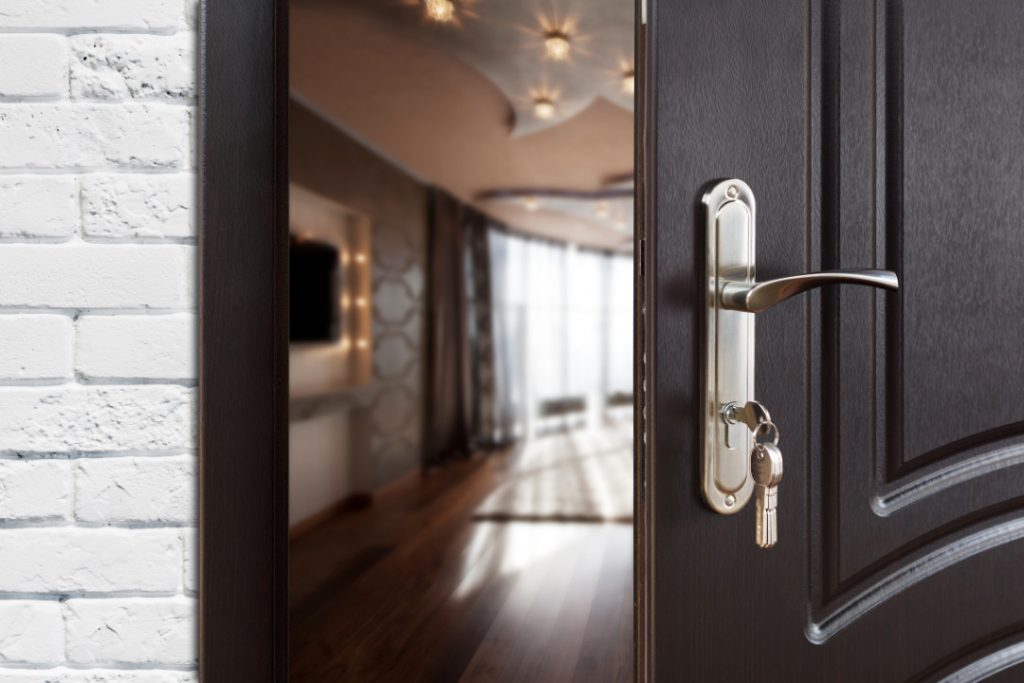We all have that one loud neighbor who makes noise in the middle of the night or one with kids who slam doors or stomp on the floor above you in the middle of the night. Well, these are some downsides of renting an apartment.
And the fact that you’ve rented it means you can’t make drastic structural changes without requesting a permit. Sadly many landlords are defiant to providing licenses for making such structural changes. So what do you do? Luckily there are lots of ways of creating a quiet space without spending too much. We’ve compiled a list of ways to soundproof your walls.
Recommended Wall Soundproofing Methods
Modern drywall-over-studs walls are better than the traditional timber-and-masonry walls. They are lightweight, easy to build, and capitalize on inexpensive materials. The major downside is that they suck at soundproofing. The void left inside stud walls allows sound to echo, creating a drum effect that amplifies noise.
Mass is a critical aspect of blocking sound, and since stud walls have little mass (often consists of 12mm of drywall), they need soundproofing solutions to prevent noise transfer.
Many soundproofing projects are tasking because they involve ripping apart existing walls, filling them with fiberglass insulation or other materials, and attaching metal strips. However, there are easier ways of soundproofing walls without tearing them down. They include:
Adding Mass
This method involves adding layers of materials or drywall to make the walls heavy enough not to vibrate or transmit sound. The materials may include:
- Oriented Strand Board (OSB)
- Plywood
- Cement boards
- Mass Loaded Vinyl (MLV)
- Medium-Density Fiberboards (MDF)
While these materials make the walls dense to prevent sound or vibrations from getting transmitted, they don’t create an impenetrable sound barrier. As such, you may still hear vibrations but not as loud as they used to be.
Each layer of mass is believed to improve transmission loss by 6dB only. As such, you may need to combine this method with other techniques like decoupling and damping.
Decoupling is the mechanical separation of two sides of a structure to allow them to vibrate independently. It’s effective at isolating sound on one side of the wall, preventing sound from getting transmitted to the other side.
Decoupling is more tasking than damping because you may need to tear down the walls to create an air gap that traps the bass lines and prevents them from sending shock waves outside your walls.
Conversely, damping involves adding materials to the wall’s surface to create a heavier, more resistant sound-blocking barrier. One effective damping material is the Green Glue when used between plywood and drywall or between two layers of drywall.
Note if damping is used alone or in combination with insulation (adding mass), it may prevent most of the frequency sounds, but it won’t stop the bass lines from getting transmitted through the walls. Therefore, all three methods should be used together for the best soundproofing effects.
Recycled Cotton Batts
Apart from their heat-insulation properties, cotton batts have excellent soundproofing properties. The layers of the cotton batt reduce sound transmission, thus soundproofing your walls. They’re also fiberglass, VOC, and formaldehyde-free, making them an eco-friendly option for soundproofing.
Sound Isolated Systems
Sound isolation is another effective way of soundproofing a wall which involves mounting a wall over a stud using thick steel strips. The technique isolates sound by creating a space between walls using the studs.
The steel strips usually have varying hole sizes and a channeled shape along the side. They are attached to the stud, the channels fitted to the wall frame, and the drywall attached to the channel. With no studs for sound to travel along, sound waves can’t be transmitted through the wall.
This technique is effective at soundproofing because it increases the air space between the walls. A vibration isolation material may also be installed in this space to trap the sound waves. Sound isolation also increases the structure’s flexibility. It’s difficult for sound to get transmitted through flexible materials hence the soundproofing benefit.
You want to make a few quality checks before embarking on a sound isolation project:
- Check the walls for weak points or gaps and use an acoustic sealant to seal them.
- Increase the mass of the wall by adding high-density products
- Use different materials with varying masses to achieve different sound frequencies. Combining high mass materials provides better sound insulation for walls than using more of the same material.
Traditional Wall Soundproofing Methods
Traditional soundproofing methods are suitable for high-performance walls and are often more effective than modern methods. They include:
Staggered Stud Walls
Staggered stud walls increase the walls’ sound damping effects by staggering the 2x4s along the top and bottom frames’ alternate edges. A typical setup involves lining up 2x4s and separating them by 16 inches. Each board is attached to a plate that tends to be four inches wide.
A staggered wall is where the 2×4 lumber is alternated on each side of the plates creating a staggered setup with a gap of 12 inches. The primary goal of this setup is to add an air cavity that ensures air doesn’t move quickly through the wall.
While it doesn’t seem like much, this construction has a considerable soundproofing effect. On the Sound Transmission Class (STC) scale, staggered stud walls have a soundproof rating of 48-50.
With such a rating, you’re confident that you won’t hear your neighbor’s loud talks. Louder noises like noisy music may penetrate, but you can use damping materials to enhance the wall’s soundproofing effects.
For example, drywall added to one or both sides of the wall causes the construction’s STC rating to increase by 10 points. This means a staggered stud construction with drywall nearly provides the same amount of soundproofing as double-wall construction.
Six-inch single studs can also be used instead of the staggered stud construction, but the air cavity isn’t big enough to soundproof a wall. The bigger the air cavity, the greater the soundproofing effect.
Double Walls
Double-wall construction is another traditional soundproofing method suitable for multiplexes and high-end townhomes. It involves separating adjoining residences to prevent sound transmission.
Typically, sound travels through the wood; thus, when a glass is dropped in the adjacent apartment, you’re likely to hear the shattering noise if you share a common wall. Double-wall construction creates a gap between two walls for soundproofing.
Space can be 9-16 inches or larger, and the separation begins from the floor joists and proceeds to the roof parapet to create two separate walls.
Soundproofing effects are more amplified than those using staggered stud wall construction with an STC rating of 60. This means that double-constructed walls block loud music and other louder sounds completely.
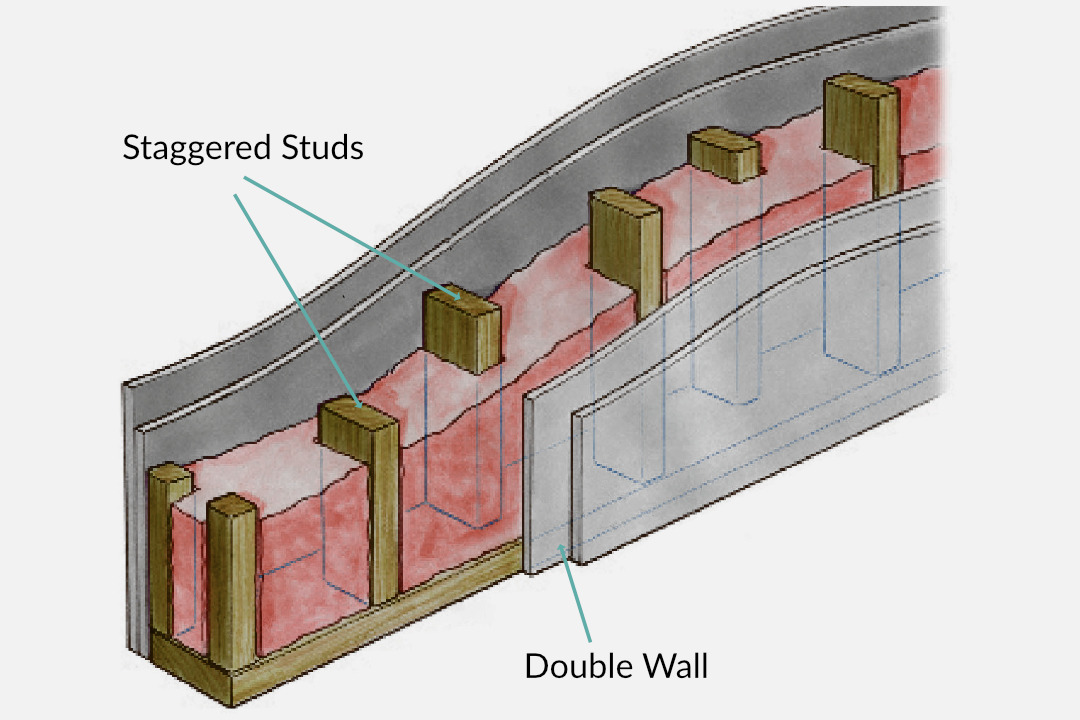
Resilient Channel System
This is a standard soundproofing solution for walls and ceilings. It works by creating a cavity and suspending the mass away from the structure using resilient channels. These channels comprise thin strips of metal bent to form spring-like cavities.
One edge of the strip is fastened to the stud, and the drywall is screwed to the other side so it doesn’t touch the stud. The strips are fitted perpendicular to the joists to form a grid-like framework, so separating the sheet from the stud prevents sound from penetrating the walls.
Note, the drywall should not contact the floor, ceiling, or adjoining walls, and the screws should not touch the stud.
If there’s contact, the sound is likely to get transmitted through the walls, negating the effectiveness of this soundproofing solution. Acoustic caulking is applied around the seams to strengthen the sound barrier.
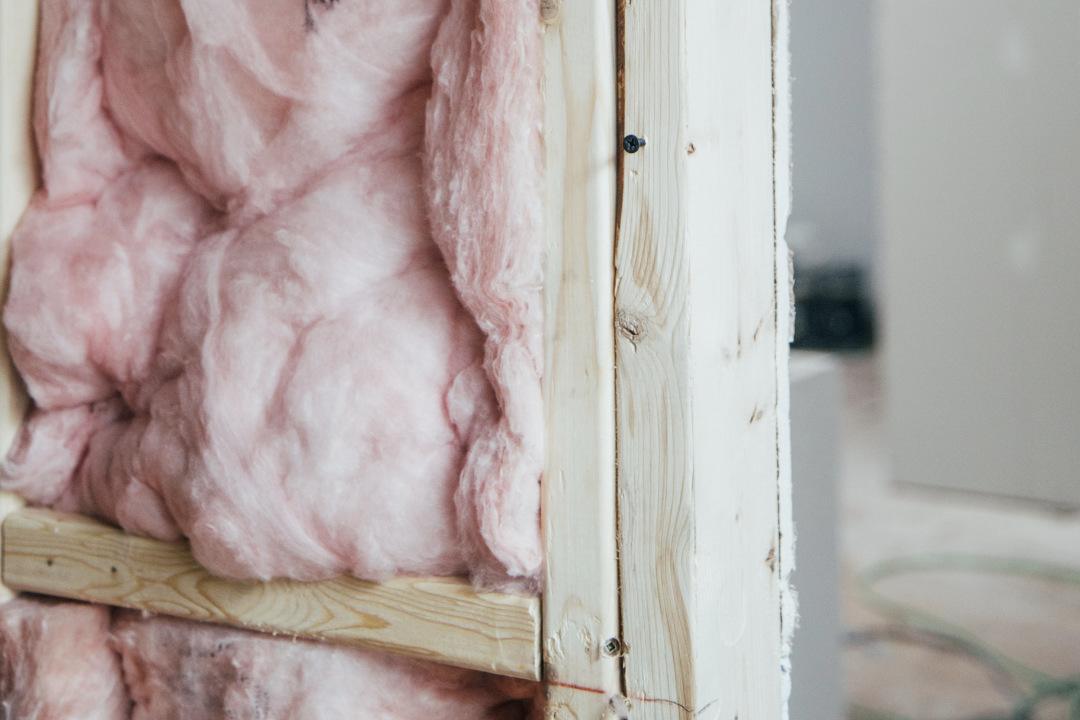
Fiberglass Batts
Fiberglass insulation is another affordable soundproofing method used in residential homes. It provides more flexibility than other soundproofing materials, and its ability to block off noise is excellent.
This is because it’s much heavier and thicker than other insulation methods, blocking and reducing sound transmission through walls. Fiberglass insulation for soundproofing has different forms, including:
- Batts fiberglass insulation
- Blow-in fiberglass insulation
- Blanket fiberglass insulation
Among the three, batts fiberglass insulation provides the best soundproofing benefits. It has an NRC (Noise Reduction Coefficient) rating of 0.90-0.95, which shows it does a pretty good job blocking the noise. NRC values range between 0 and 1, and the higher the number, the better the ability to absorb sound.
Batt fiberglass insulation is pretty thick (measures 3.5 inches); hence their soundproofing capabilities are easy to work with. For maximum soundproofing, it’s best to insulate the interior walls and flooring.
Expanded Foam Sprays
This is another popular soundproofing solution among contractors because it is energy efficient, comfortable, and enhances a wall’s structural support. Open-cell spray foam formulations are the most suitable soundproofing solutions for filling up voids.
By filling up cavities, the foam curbs resonance, keeping the sound from entering or leaving the desired room. Note that spraying polyurethane foam as a sound barrier differs from applying the product as an insulation material.
When used for insulation purposes, the foam is applied on rim joists, crawl spaces, and attics. Conversely, soundproofing spray foam products are applied on the interior walls through openings that produce excessive noise.
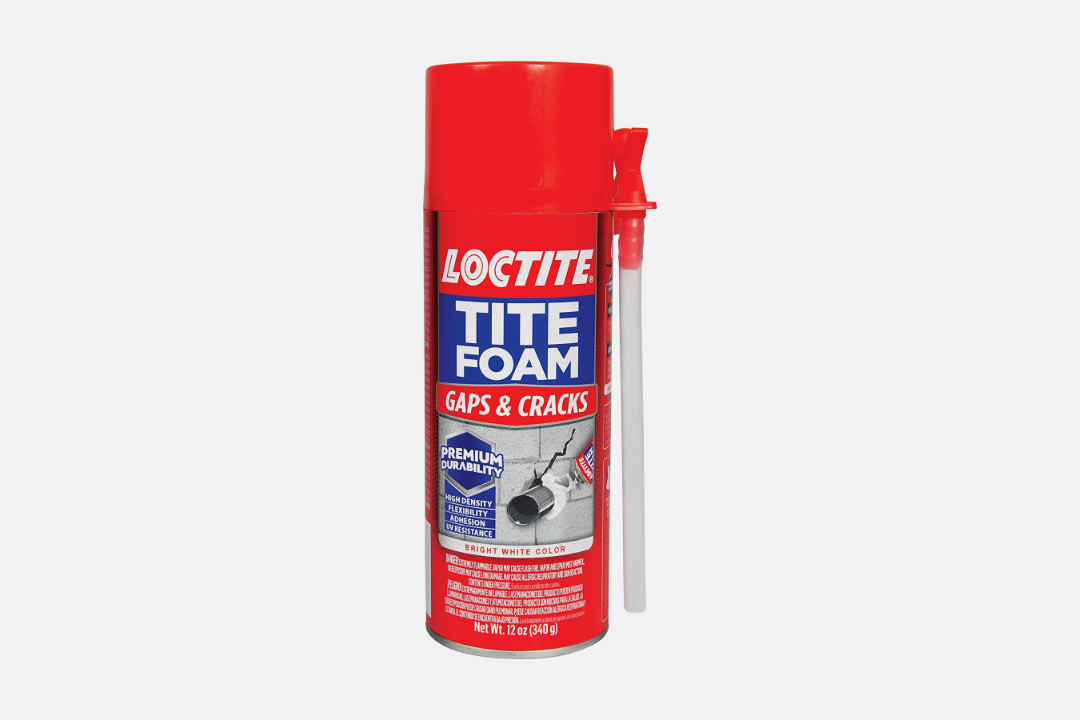
How Do I Soundproof An Existing Wall?
You can also soundproof a wall post-construction without removing the drywall. The most effective ways include:
Adding blown-in insulation: This is loose, low-density insulation made from recycled newsprint. It has an STC rating of 44, hence pretty effective at soundproofing. Once applied, it increases the wall’s sound absorption abilities by trapping soundwaves and draining the energy, and nullifying it before getting transmitted.
Sealing the cracks: Sound waves penetrate through available points of entry on surfaces. Therefore, cracks or holes in the walls make great outlets for noise leaks. By closing up all such entryways, you can reduce the amount of noise getting transmitted significantly.
Adding another layer of drywall: It’s one of the easiest ways of soundproofing an existing wall. The idea is to create thicker drywall that can block more sound. Green Glue is the best product for this project because it establishes a dampening layer between sheetrock.
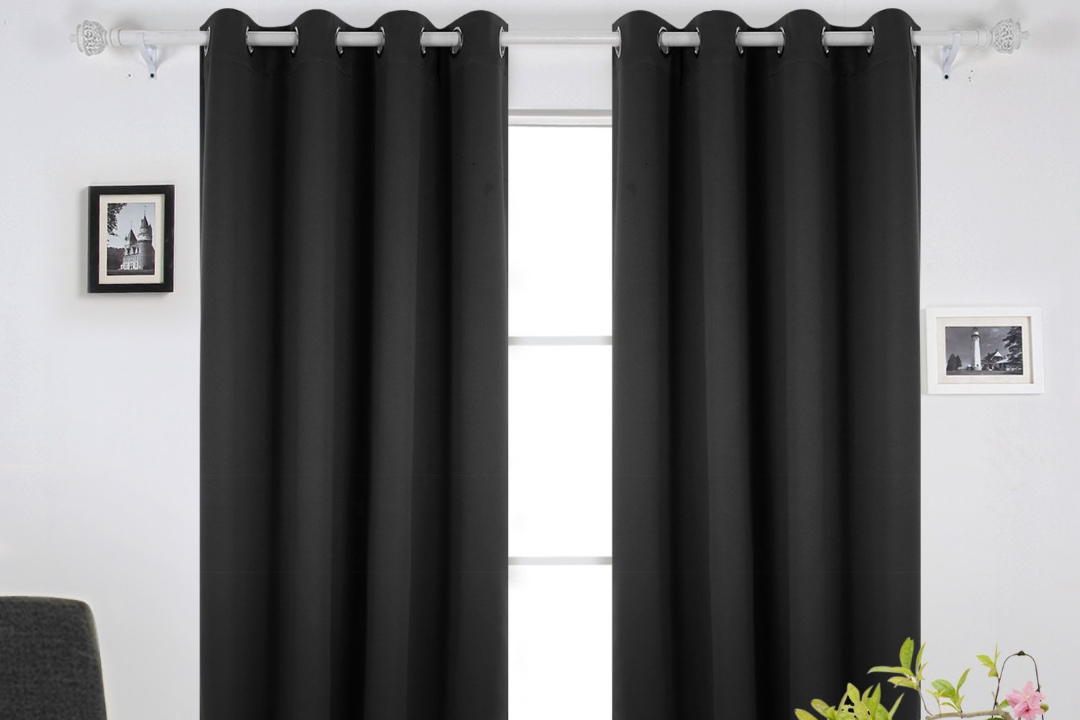
DIY Wall Soundproofing Techniques
If you’re not ready to perform all such complex adjustments to your wall, you can always use much simpler soundproofing remedies. And the good news is that most of them are affordable. They include:
- Hanging soundproof curtains along the walls: Many homeowners hang soundproof curtains in front of windows and doors, but they can also be effective sound barriers. If you’re not ready to go through the hustle of hanging curtain rods, consider using large room divider curtains. They muffle noises from neighbors just as well.
- Hanging heavy moving blankets: These blankets are mainly used to protect furniture when moving. Due to their heavy and dense structure, they also make effective soundproofing solutions. It’s best to look for blankets with grommets to make it easy to hang them on a rod.
- Using wall hangings: Apart from decorating your living room, wall hangings also muffle noises transmitted through the walls. When attached to the walls, they add mass, thus reducing noises. They might not muffle noises completely, but they help make your space more tolerable.
- Rearranging furniture: Empty spaces pick up more echo; hence consider adding more furniture to a room. Consider adding closets, bookshelves, and other furniture and place them near walls separating your apartment and that of your neighbor.
Nicetown 3 Pass Microfiber Thermal Insulated Curtains
Audimute Sound Dampening Blanket
Sure-Max Moving & Packing Blanket
How to Soundproof a Wall Cheaply
There are plenty of soundproofing solutions that don’t require much capital investment. Here’s a guide:
- Find the Noise Source and Weak Points in the Walls:
A simple inspection of your living space should help you spot a few weak points likely to transmit noise. It is among the easiest DIY soundproofing walls projects. Start by examining the length of the wall at each connection point along the walls, floor, and ceiling to identify gaps. You can turn on a blender, vacuum cleaner, or fan to create a consistent noise to help you find the weak points.
- Fill up Space:
As mentioned earlier, empty spaces make the most noise. If you have a vast living space, try filling it up with furniture. Bookshelves and closets, for example, cover a large area hence make excellent insulators against noise. They might not soundproof your walls entirely, but they should reduce the noise and the echo.
- Install Insulation, Drywall, and Acoustic Caulk:
After identifying the air gaps, seal them using acoustic caulk. The sealant is excellent at sealing holes and cracks in the corners of rooms and edges of walls. You can take advantage of the DIY kits online or hire a professional to come and insulate the walls.
If the sealant isn’t enough, go a step further and insulate the inside of the walls. Sound insulating expanding foam sealant makes an effective soundproofing product when sprayed to the interior of a wall. If you’re soundproofing an existing room, it’s best to spray the product on the inside of the drywall.
Alternatively, add more drywall to the walls to create double drywall. The additional layer ensures the sound bounces off before hitting the actual wall and traveling through it.
- Supplement With Acoustic Foam Panels:
The last step is to supplement the walls with acoustic foam panels. Installing acoustic foam panels is slightly expensive, but it ensures your walls are completely soundproof. The panels are made of porous expanded polypropylene, which absorbs sound before bouncing off walls and ceilings.
They are often used in theaters to improve sound inside a room, but they also effectively reduce sound transmission through walls at home.
Acoustic foam panels are available in different sizes and thicknesses, and those designed for home use are covered in fabric and come in different colors. Some panels double up as wall art due to their custom-print fabric.
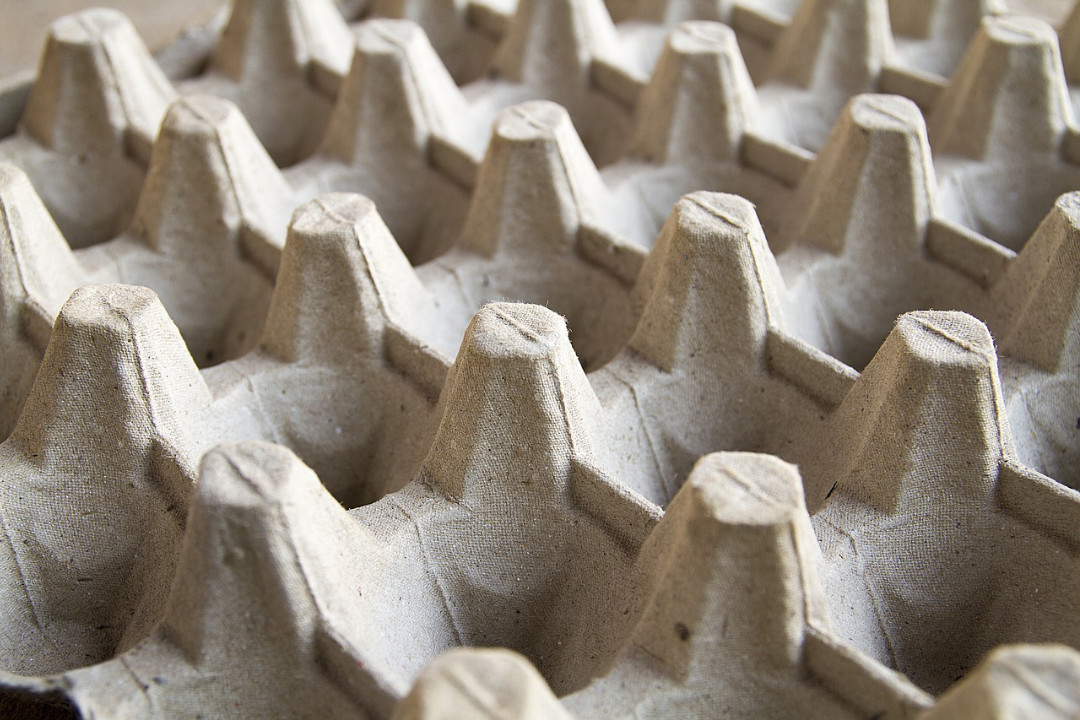
Misinformation about Soundproofing Walls
Many people browse the internet in search of easy ways to soundproof their walls. If you’re one of them, you’ve probably seen a few of the following remedies suggested. Most of them are mere myths and can’t soundproof your walls completely. We look at some of them:
- Egg Crates can soundproof walls: Egg crates don’t soundproof walls; instead, they absorb sound and reduce echo in empty spaces. Keep in mind they have little mass, thus less likely to provide soundproofing benefits.
- Painting can soundproof a wall: It couldn’t be further from the truth. Objects that block off noise must be very dense; thus, a 1-2 mm layer of paint won’t absorb or block noise.
- Soundproofing is the same as sound absorption: The two phrases have different meanings. Soundproofing involves blocking or isolating sound inside a room from entering an adjacent room using heavy mass materials. Conversely, sound absorption uses sound dampening materials to prevent noise from echoing, resonating, and getting amplified in a room.
- Using soundproofing wallpaper blocks off noise: This is another misconception about soundproofing walls, and the answer is the same as soundproof paint. Even 5mm layer wallpaper can’t soundproof a wall effectively.
- Adding layers of acoustic graded plasterboard: Layers of plasterboards provide a slight noise reduction, but for the best way to soundproof a wall, it’s best to add a foam layer to absorb vibrations that sound creates when it hits the wall.
How To Soundproof A Room For Drums?
How To Make A Room Soundproof From Outside Noise
how to make a room soundproof from outside noise. If you live in an apartment…
How To Quiet a Garage Door (6ways)
How To Soundproof A Laundry Room
If you’re like many people, your laundry room is in the basement. And if you’re…
How To Silence A Microwave: A Guide
We’ve all been there. You’re in the middle of microwaving something, and suddenly, you hear…
How To Soundproof Stairs
How to soundproof stairs. You may have heard “soundproofing” before, but what exactly is it?…

